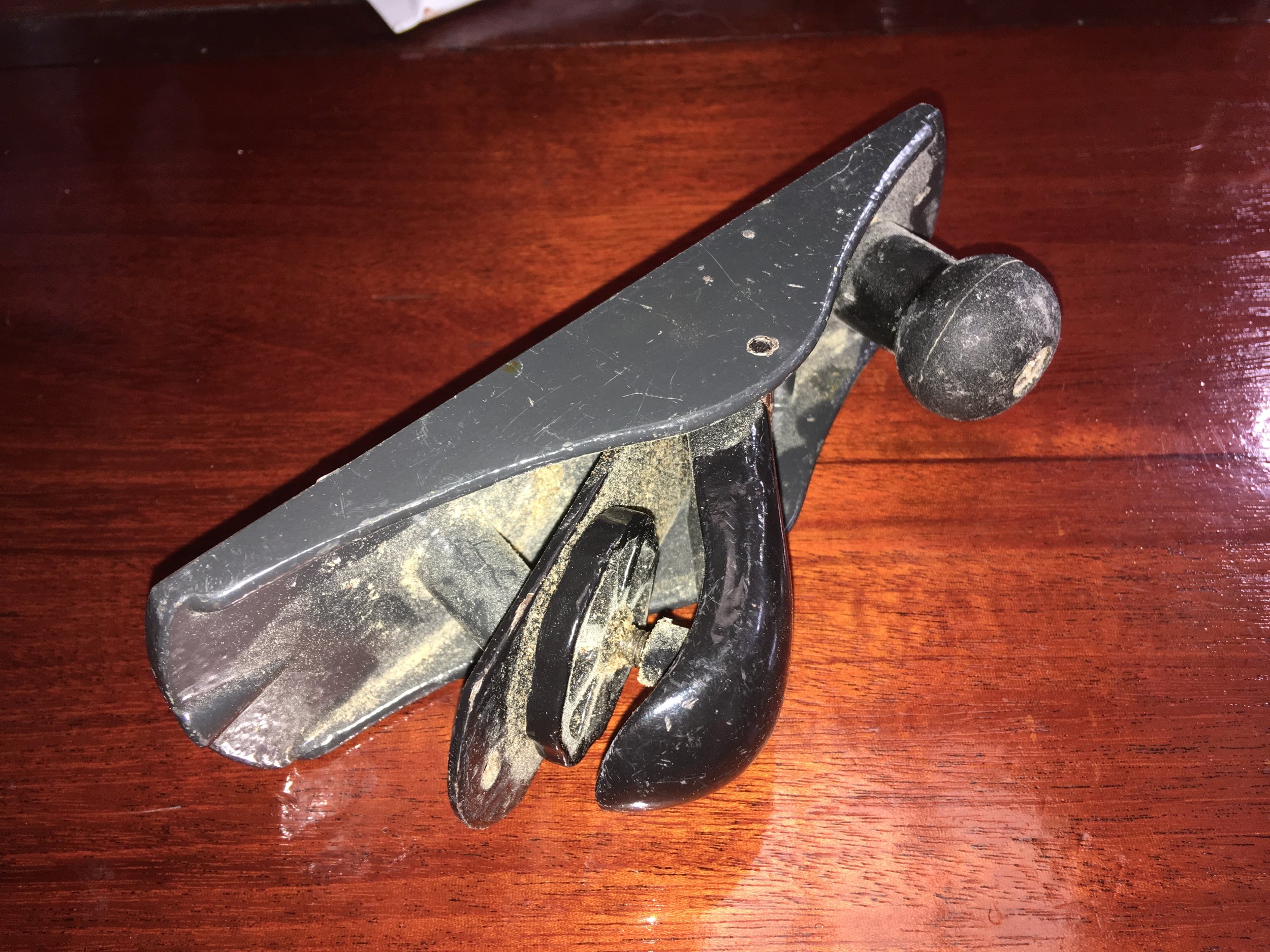When close to shore, there is much more boat traffic around you. This necessitates a more frequent watch keeping is vital to safe boating. Close to shore you will encounter commercial traffic, fishing traffic, day sailors, and small powerboats that are out for a joy ride. They will be weaving around you as you try to make your way to your destination.
Luckily, this traffic only seems to occur within a few miles of shore. Once you reach around 10 miles out to sea, especially by night, the amount of traffic quickly diminishes. Out in the ocean, you will rarely encounter another boat, and if you do it is most likely a commercial vessel. Commercial vessels all broadcast an AIS signal that can be picked up via a receiver. Having an AIS proximity alarm which will sound a loud alarm if a vessel will come within a set distance of you is a great way to add piece of mind to your voyage offshore.
Since recreational traffic is seldom to none, you can relax a bit as you sail along, allowing you to further space out your watch schedule. During the day, we will hang out in the cockpit or companionway, looking around every 30 minutes to 1 hour. At night we will space our watches to 40 minutes to 1 hour. Our rate of watches depends on our speed through the water and the amount of traffic.
If we are close to a major port or inlet, there will be a lot of traffic and we will stand watch continuously until we have cleared the area. When out in the open ocean, far from any other vessel, we will space out the watches and allow ourselves to get some much needed sleep.
Now, sleeping for only 1 hour at a time will not give you restful regenerative sleep, but it will get you through the night. Having a second person on board will allow you to get hours of continuous sleep while they are on watch and you can sleep. If you are alone or the other person is incapacitated (and sea sickness will incapacitate someone) then you might find yourself carrying out this hourly watch/sleep schedule.
Obviously, looking around for only once every hour is far from ideal in terms of keeping a proper lookout, if you are alone then it must be done. When you are sailing fast, you will have to look more often. When you are sailing slowly in light winds, you can then afford to sleep for a longer period of time. If you heave to for the night, you would be able to sleep the entire night without moving and get a full nights rest!
Ocean sailing can be fun and enjoyable, but there are logistical concerns that need to be addressed when you head offshore. Finding solutions to what may at first seem like a problem is the key to cruising long distances.
In time, you will find comfort and relaxation at night by being far from shore and out to sea where you are alone and able to sleep well.







